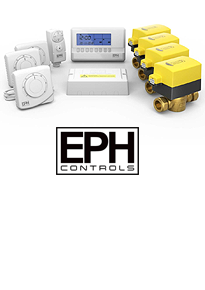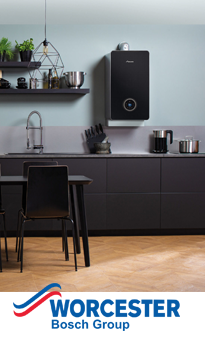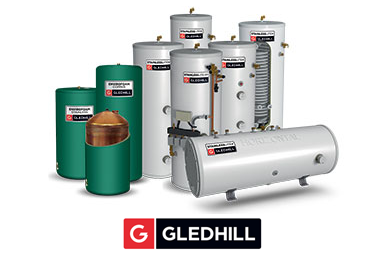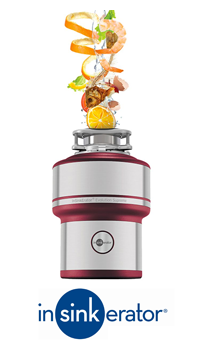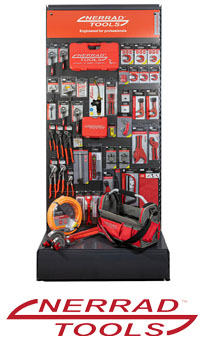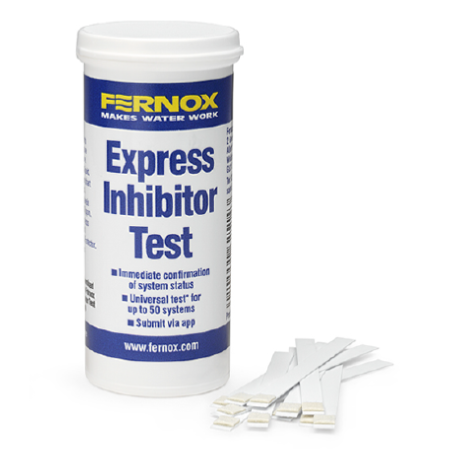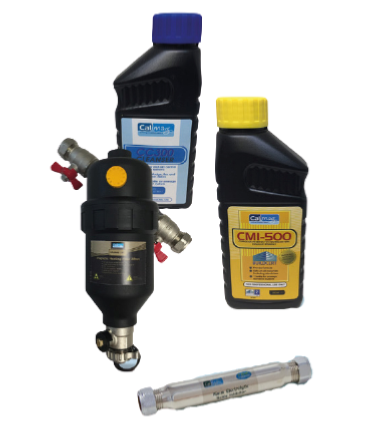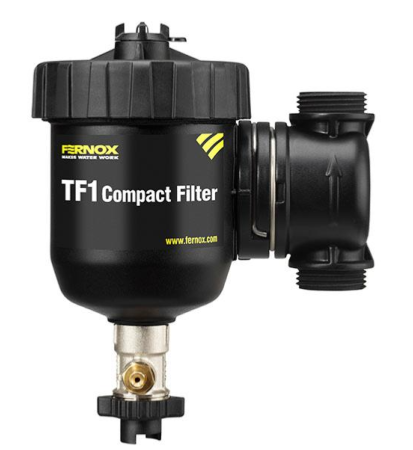CUSTOMER SERVICE: +44 (0)3300 535899 // customercare@plumb2u.com
Heating controls have always been an essential part of your heating system. They allow you to regulate the temperature in your home and limit the energy consumption of your system. They traditionally include a timer or programmer function and go hand in hand with room thermostats and thermostatic radiator valves. But have you heard of Smart Thermostats? The fully integrated Smart home concept has not caught on as fast as some anticipated. However, there is no denying that the offering of “Smart” products for your home has increased in recent years: Smart Doorbells, Connected Burglar, Robot Vacuums and a host of devices controlled by phone apps. Heating controls manufacturers have also made the most of recent technological advances and the fact that very capable smart phones are now part of everyone's daily life. But is it just a gimmick? More user-friendly control menus (on a phone interface) and remote access alone would be two benefits worth the investment. As we will see, there is more to it. How Do They Work? The Environmental benefit:
A Smart Thermostat usually consists of a Wireless Hub which connects your boiler to your Wi-Fi network.
It also includes a wireless thermostat controller that similarly to traditional thermostat can be wall or table-mounted, battery or mains powered. Their displays are more evolved than the traditional push button interface. Some have touch screen displays. All of them will allow you to install an app on your smartphone for even greater convenience and intuitivity. The more expensive Smart Thermostat packs will also include individual smart radiator valves, which allow different settings for different zones of your house. Link to product with TRV smart valves! Scheduling your heat settings precisely with ease (weekly, daily or hourly) will help you lower the cost of your energy bills. But that’s not the only benefit of Smart Heating Controls. What is a Waste Disposer? 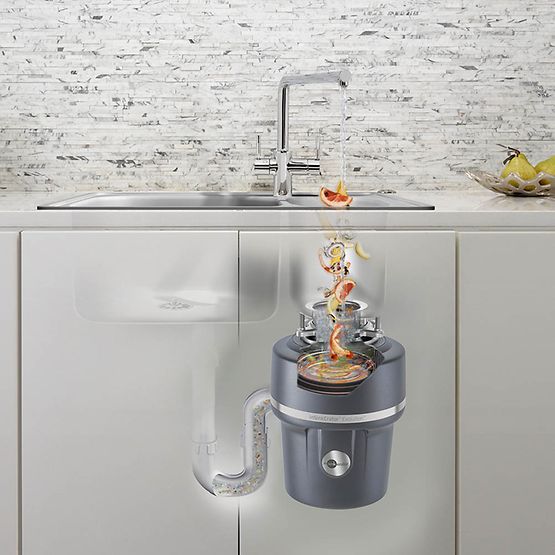 How does a food disposer work and is it safe to use? Unlike their older versions, modern waste disposal units have no blades or knives and are much safer. Instead they feature a stationary grind/shredder ring and a rotary plate/turntable.
The rotary plate is fitted with impellers that break down the food and push it outwards (by centrifugal force) and against the stationary grind ring.Thanks to their powerful electrical motors, waste disposal units are able to grind up very rapidly the food waste in fine particles that can then be easily flushed through the plumbing. How do you install and operate a food disposal unit? Installation:
Food waste disposal unit can be fitted to any sink with a 90mm sink waste opening, which is the standard opening now.
It can be fitted to most single or double bowl sinks and does not interfere with their normal functioning.
They can also be retrofitted if not installed at the time of building. You will just need an electrician to connect it to the mains and fit a wall or cupboard switch.
For easiest installation, we recommend this kit:
Operation:
To operate your food disposer, simply open your kitchen tap and run a medium stream of water into the sink that has been equipped. Turn on the unit via the air switch or the wall switch and feed the food waste through the opening.
The time it takes for your food disposal unit to grind the food will depend on both the quantity and type of food that you are disposing of.
Changes in the noise emitted by unit will give you the best indication of when you disposer has completed its task. There is a specific sound when the motor and plates are spinning freely. This changes when you push down food waste and comes back again when the work is done.
What food can be disposed of with a food waste disposal unit? 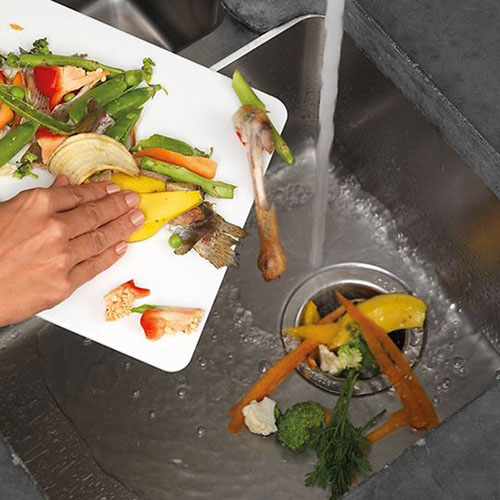 Food waste disposers are not just for fruits and vegetable.
They can deal equally well:
- chicken bones and chop bones.
Sea food that creates smells in the bin especially in summer is another type of kitchen waste that your disposer will have no trouble dealing with. This includes fishbones and prawn shells. - meat and dairy can be disposed of easily with a disposer. This is especially recommended as they are not safe to incorporate in your compost. They can be the source of dangerous bacterias. - tea bags (minus string/staple), coffee grinds With top of the range products such as the InSinkErator Evolution 200 S Premium the list of food waste that can be processed is even longer.
It can deal with virtually any type of food waste.
It features 3 stage grind technology and can deal efficiently with:
- stone fruit pits - stringy fibrous food scraps such as celery, banana peel and corn cobs - artichoke stems - egg shells How to choose a food waste disposer? Grinding ability:
We have just talked about the type of food that a waste disposal unit can deal with. Different models, depending on their cost can have different grinding abilities. Grinding ability is the first criteria when it comes to choosing your kitchen waste disposer. Noise:
If noise is less of a concern, these two models are perfect choices and deliver a strong and reliable performance at a moderate cost:
For quiet, quieter and ultra quiet operation, we recommend respectively the following products:
(The quality of the sink your unit is fitted onto will also be a factor in the quietness of its operation.) Batch feed units vs continuous feed:
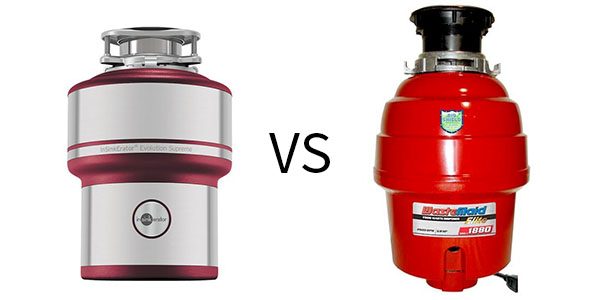 There are 2 types of food waste disposer units. You will need to decide which type is right for you.
Continuous feed:
Continuous feed models are operated by an air switch or an electrical socket (on a wall or inside a cupboard). Food can be added continually during operation.
Batch feed:
With batch feed waste disposal units, food is loaded into the disposer before switching the unit on. A cover needs to be pushed down before the grinder can be turned on. After the grinding process is finished, you need to process another batch if you have more food to process.
The fact that a cover is used make batch feed models usually quieter than continuous feed ones. There is also less risk of any objects or utensils falling into the unit and damage it by accident.
Batch feed still requires water to be used but water is not running during the whole process.
Here are two popular models of batch feed units:
Overall,
Continuous-feed disposals are more popular than batch feed units. There is more choice on the market for them, they tend to be cheaper and they will take up less space under your sink. In particular circompstances however, batch feed might be the right choice.
Air Switch or Electrical Switch:
Traditionally, electrical switches are used to switch food disposers on and off. This requires a qualified electrician to fit a switch somewhere on a wall or cabinet, in close proximity to your unit.
They might be the most discreet option for your kitchen.
There are two drawbacks however:
When retrofitting a waste disposer, finding a spot and fitting an electrical switch can be challenging.
When dealing with food waste in the kitchen, you often end up with wet hands. Having to wipe them everytime to safely switch on your unit on or off might be inconvenient for some. For those 2 reasons, Air Switches have become a popular choice. An air switch is a non electrical component and is perfectly safe around water. (It sends an air pulse through a thin plastic tube and acts as a mechanical switch.) They are easy to install and only requires you to drill a small hole into your counter. 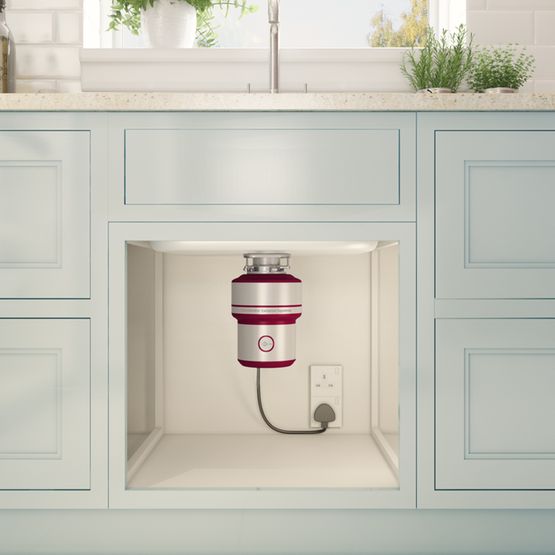 Conclusion We hope that this article will have convinced you to at least consider food disposer for your kitchen.
Reducing the amount of waste that goes to the landfill can only be a good thing.
If you want to make a difference for the environment, they are a great (and easier!) alternative to composting.
Most people in the UK are still a little unfamiliar with food waste disposers but they are making a steady progression and there is a growing number of converts every year.
After reading this article, you should now be able to navigate the different options more easily.
Browse our range of food processors:
https://www.plumb2u.com/waste-disposers-c102x3078864
Other popular blog entriesWhat are the benefits of efficient appliances and how to save money at home? What are the different types of showers and which one is best for you? What are the benefits of underfloor heating, and how does it work? What are the benefits of using a water softener and which type should I use? Related categoriesSlide Slide Slide |

